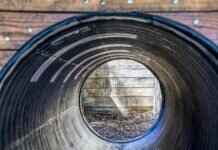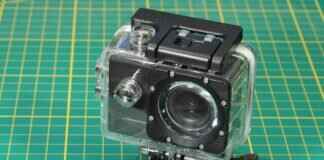Faja shapewear has become a buzzword in the fashion and wellness industries, captivating many who seek to enhance their body shape. This article delves into the effectiveness of faja shapewear, exploring its benefits, potential risks, and practical considerations for those curious about this popular body-shaping garment. By the end, you will have a comprehensive understanding of fajas and whether they might be a suitable addition to your wardrobe.
What Is Faja Shapewear?
Faja shapewear is a specialized type of compression garment designed to shape, support, and smooth the body. Traditionally rooted in Latin American culture, fajas have evolved from their historical use to modern-day fashion staples. These garments are typically made from elastic materials that hug the body, providing a sleek silhouette. Their growing popularity can be attributed to the increasing demand for body positivity and the desire for comfortable yet effective shaping solutions.
How Does Faja Shapewear Work?
The effectiveness of faja shapewear lies in its targeted compression. When worn, these garments apply pressure to specific areas, helping to redistribute body fat and create a smoother appearance. This compression can enhance posture and support the core, making it a favorite among individuals seeking both aesthetic and functional benefits. Additionally, many fajas are designed with adjustable features, allowing users to customize their fit for maximum comfort.
What Are the Benefits of Wearing Faja Shapewear?
- Enhanced Body Confidence: Many users report feeling more confident in their appearance when wearing fajas, as these garments can help smooth out lumps and bumps.
- Post-Surgical Support: Fajas are often recommended for individuals recovering from surgeries such as liposuction, as they provide necessary compression that aids in healing.
- Improved Posture: The supportive nature of fajas can encourage better posture, which is beneficial for overall health.
Who Should Consider Using Faja Shapewear?
Faja shapewear can be beneficial for a diverse range of individuals. Those recovering from surgery, new mothers seeking postpartum support, and anyone looking to enhance their body shape can find value in these garments. Additionally, individuals who struggle with body image issues may find fajas to be a helpful tool in boosting their self-esteem.
Are There Any Risks Associated with Faja Shapewear?
While faja shapewear offers many benefits, there are potential risks to consider. Prolonged wear can lead to discomfort, and excessive compression may cause health issues such as restricted blood flow. It’s essential to choose the right size and style to avoid these complications. Listening to your body and consulting with a healthcare professional if you have concerns is also advisable.
How to Choose the Right Faja Shapewear?
Selecting the right faja shapewear is crucial for both comfort and effectiveness. Consider the following when making your choice:
- Size: Ensure you measure yourself accurately and refer to the sizing chart provided by the manufacturer.
- Material: Look for breathable fabrics that offer adequate stretch without compromising support.
- Style: Choose a style that suits your needs, whether it’s a full-body faja or a targeted waist trainer.
In conclusion, faja shapewear presents numerous benefits and considerations for those looking to enhance their body shape or support recovery. Understanding how it works, selecting the right style, and incorporating it into your routine can maximize its effectiveness. Whether you’re a new mom, recovering from surgery, or simply seeking a confidence boost, faja shapewear might just be the solution you need.
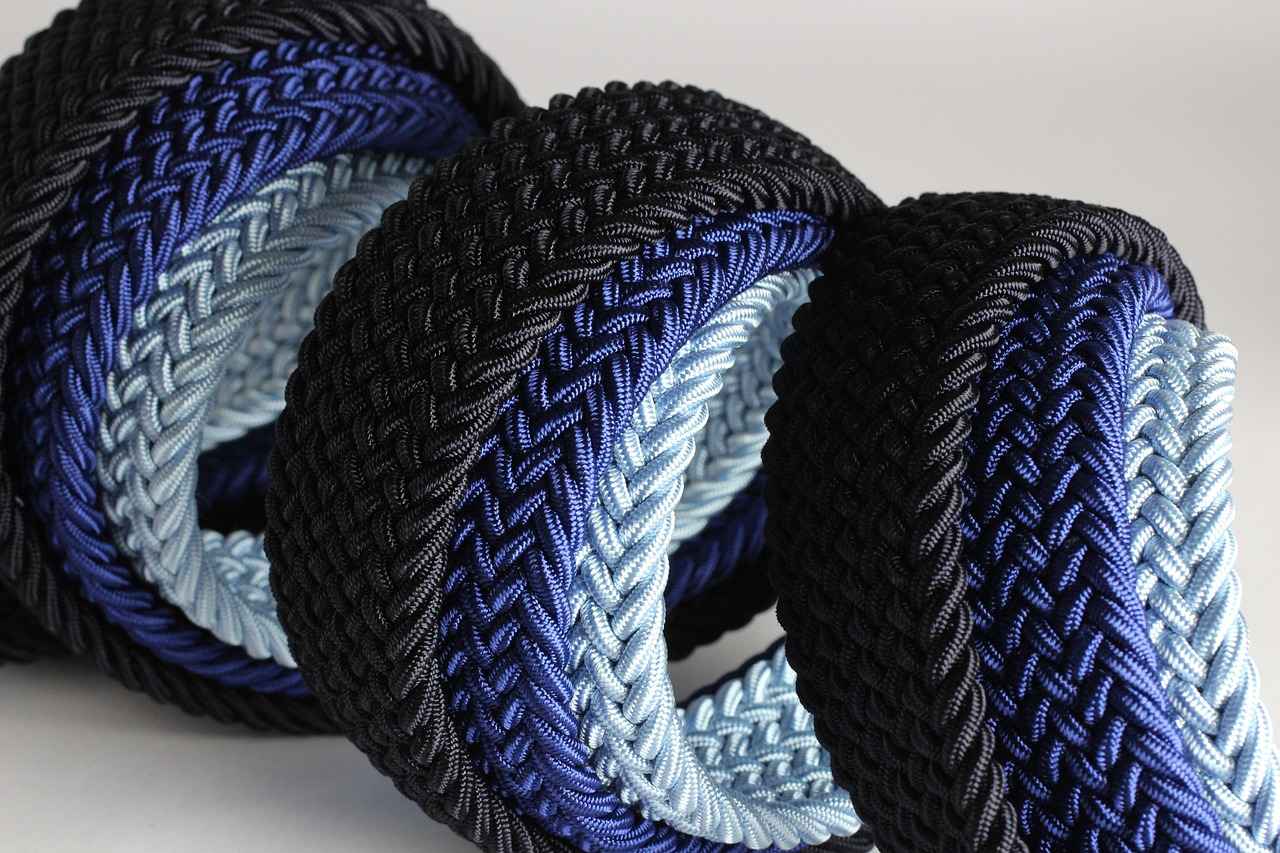
What Is Faja Shapewear?
Faja shapewear has become a buzzword in both the fashion and wellness industries, attracting attention for its ability to enhance body shape and provide support. But what exactly is faja shapewear? In this section, we will explore its definition, origins, and the reasons behind its growing popularity.
Essentially, faja shapewear refers to a type of compression garment that is designed to shape and support the body. These garments typically cover the torso and may extend to the waist, hips, and thighs, depending on the style. The primary purpose of faja shapewear is to create a smooth silhouette, enhancing the natural curves of the body while providing a snug fit. This is achieved through the use of high-quality, elastic materials that offer varying degrees of compression.
The origins of faja shapewear can be traced back to Latin American cultures, where these garments have been used for centuries. Traditionally, women wore fajas after childbirth to help their bodies recover and regain shape. Over time, the use of faja shapewear has evolved, and it is now embraced by a wider audience, including those looking for body shaping solutions for various occasions.
One of the key reasons for the growing popularity of faja shapewear is its versatility. These garments can be worn discreetly under clothing, making them an attractive option for those who want to enhance their appearance without sacrificing comfort. Additionally, fajas are often marketed as a means of boosting body confidence, allowing individuals to feel more secure in their own skin.
Moreover, the wellness aspect of faja shapewear cannot be overlooked. Many users report feeling supported and comfortable while wearing fajas, which can help alleviate discomfort during physical activities or post-surgery recovery. This dual purpose—fashion and function—has made faja shapewear a staple in many wardrobes.
In summary, faja shapewear is more than just a trendy item; it is a garment with deep cultural roots and practical applications. As people continue to seek ways to improve their body image and well-being, understanding the significance of faja shapewear becomes increasingly important. Whether you’re looking to shape your body for a special occasion or seeking support during recovery, faja shapewear offers a solution that caters to diverse needs.
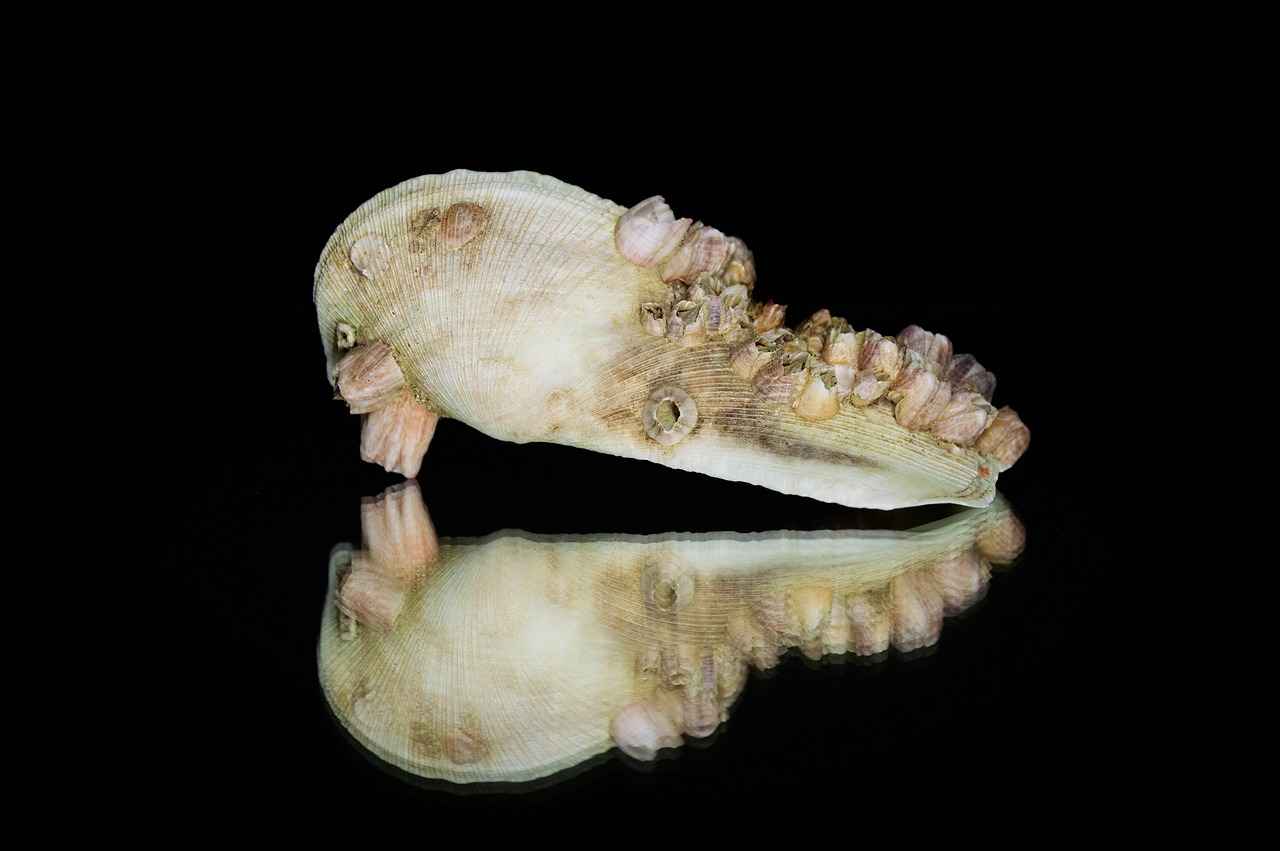
How Does Faja Shapewear Work?
Faja shapewear has gained immense popularity in recent years, particularly among individuals looking to enhance their body shape and boost confidence. But how exactly does this garment work? Understanding the mechanics behind faja shapewear can demystify its effectiveness and provide insights into its benefits. In this section, we will explore the principles of compression, the targeted areas it affects, and how it contributes to a smoother silhouette.
At its core, faja shapewear operates on the principle of targeted compression. This means that the garment is designed to apply varying levels of pressure to different areas of the body, effectively reshaping the figure. The compression is most often concentrated around the waist, abdomen, and hips, which are common areas where individuals seek to achieve a more streamlined look. By providing this support, faja shapewear encourages the body to maintain a specific posture, which can enhance the overall appearance.
One of the key features of faja shapewear is its ability to smooth out bulges and create a defined waistline. The compression fabric works by redistributing body fat and minimizing the appearance of love handles or muffin tops. This is particularly beneficial for those who may feel self-conscious about their midsection. The result is a more flattering silhouette that can boost self-esteem and confidence.
Additionally, faja shapewear is designed with breathable materials that allow for comfort throughout the day. Many modern fajas incorporate moisture-wicking technology, which helps to keep the wearer cool and dry, even during prolonged use. This is crucial, as comfort is a significant factor when wearing shapewear for extended periods, whether for daily activities or special occasions.
Another aspect worth mentioning is the posture support offered by faja shapewear. By encouraging proper alignment of the spine and torso, these garments can help alleviate discomfort associated with poor posture. This feature is particularly valuable for individuals who spend long hours sitting at a desk or engaging in activities that strain the back.
In some cases, faja shapewear is also used for post-surgical recovery. Medical professionals often recommend compression garments to aid in healing after procedures such as liposuction or tummy tucks. The controlled compression can help reduce swelling, promote blood circulation, and support the healing process, making fajas a practical choice for those recovering from surgery.
In summary, faja shapewear works by applying targeted compression to specific areas of the body, promoting a smoother silhouette and providing various benefits. From enhancing body confidence to offering support during recovery, these garments have become a staple in many wardrobes. As you consider incorporating faja shapewear into your routine, understanding how it functions can help you make informed choices about your body-shaping journey.
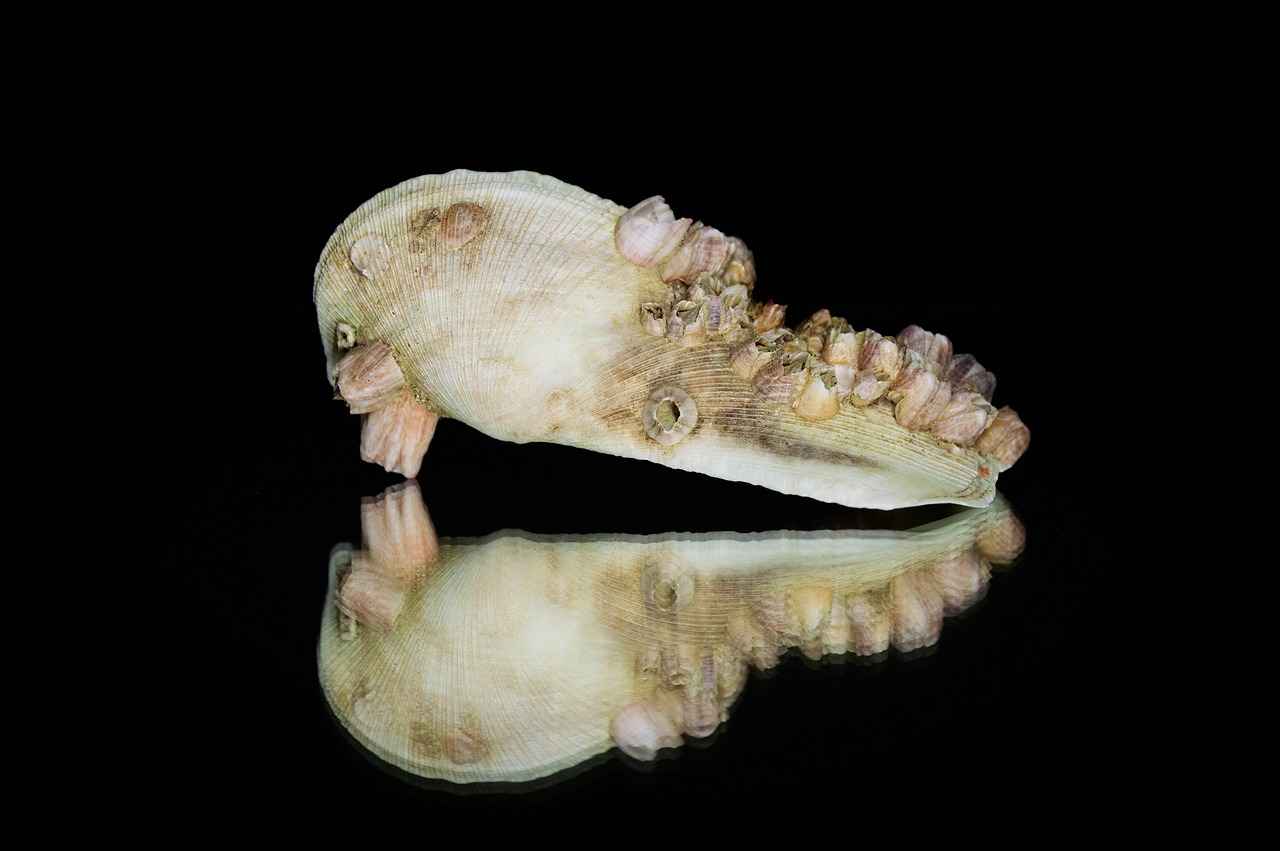
What Are the Benefits of Wearing Faja Shapewear?
Wearing faja shapewear has gained significant attention in recent years, and for good reason. These garments are not just about aesthetics; they offer a multitude of benefits that can enhance both physical appearance and overall well-being. This section will delve into the various advantages of incorporating fajas into your wardrobe, highlighting how they can positively impact your life.
One of the most notable benefits of wearing faja shapewear is the boost in body confidence it provides. Many individuals struggle with body image issues, and fajas can help create a smoother silhouette, making clothes fit better and enhancing overall appearance. This newfound confidence can lead to a more positive self-image and encourage individuals to embrace their bodies.
Faja shapewear is often recommended for individuals recovering from surgical procedures, particularly those related to weight loss or cosmetic surgeries. The compression provided by fajas can aid in reducing swelling, promoting blood circulation, and supporting the healing process. Surgeons frequently recommend wearing a faja post-operation to ensure that patients experience a smoother recovery.
Beyond aesthetics and recovery, many users find that faja shapewear offers a level of comfort that is hard to match. These garments are designed to fit snugly yet comfortably against the body, allowing for ease of movement throughout the day. The strategic compression can also help alleviate back pain by providing additional support to the spine and core muscles.
While wearing faja shapewear should not be seen as a substitute for healthy lifestyle choices, it can play a supportive role in weight management. The compression can act as a gentle reminder to maintain good posture and engage core muscles, which can contribute to a more active lifestyle. Additionally, the psychological effect of feeling “held in” can encourage healthier eating habits and exercise routines.
Fajas are designed to enhance your natural curves, providing a flattering shape that can boost your confidence in various outfits. Whether it’s a fitted dress for a night out or casual wear for everyday errands, fajas can help you achieve the look you desire. This versatility makes them a valuable addition to any wardrobe.
- Posture Improvement: Fajas can help promote better posture by providing support to the back and core.
- Variety of Styles: Fajas come in various styles and sizes, making it easy to find one that suits your needs.
- Confidence Boost: The immediate visual results can lead to a significant boost in self-esteem.
In summary, the benefits of wearing faja shapewear extend far beyond mere aesthetics. From enhancing body confidence and aiding in post-surgical recovery to providing everyday comfort and supporting weight management, fajas can be a valuable asset in your wardrobe. As you consider incorporating fajas into your life, remember that they can be a powerful tool in your journey toward self-improvement and confidence.
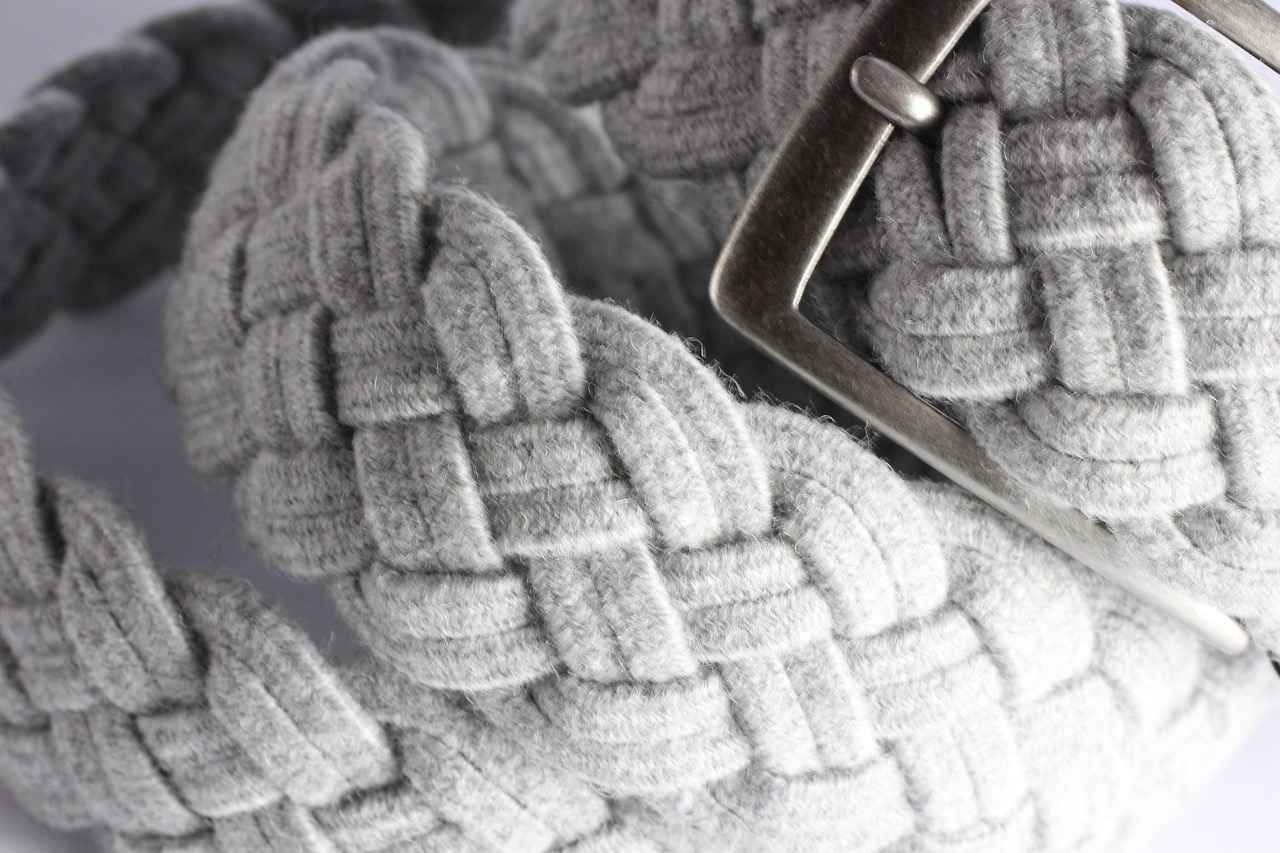
Who Should Consider Using Faja Shapewear?
Faja shapewear has gained popularity as a versatile garment that can benefit a diverse group of individuals. Understanding who might consider using these garments is essential for making an informed decision. Here, we delve into various demographics and situations where faja shapewear can be particularly advantageous.
1. Individuals Recovering from Surgery: One of the primary groups that can benefit from faja shapewear is those recovering from surgical procedures, particularly cosmetic surgeries like liposuction or tummy tucks. These garments offer compression that can help reduce swelling, support healing tissues, and provide a sense of security during the recovery process. Many doctors recommend wearing fajas post-surgery to promote a smoother healing experience and to maintain the results achieved through surgical intervention.
2. New Mothers: New mothers often turn to faja shapewear for postpartum support. After childbirth, the body goes through significant changes, and fajas can help in providing support to the abdominal area, aiding in the recovery of core strength. Additionally, these garments can help in reshaping the waistline, giving new moms a boost of confidence as they adjust to their new bodies.
3. Individuals Seeking Body Shaping: Many people use faja shapewear simply to enhance their body shape. Whether preparing for a special occasion or wanting to feel more confident in everyday attire, fajas can create a sleeker silhouette. They are especially popular among those who want to wear fitted clothing without worrying about unwanted bulges or lines. The targeted compression of fajas allows wearers to achieve a more streamlined appearance.
4. Fitness Enthusiasts: For those actively engaged in fitness routines, faja shapewear can be a useful addition. Some individuals believe that wearing these garments during workouts can enhance perspiration and help in shaping the body. While this is a debated topic, many fitness enthusiasts appreciate the support and compression that fajas provide during exercise.
5. Individuals with Specific Medical Conditions: Certain medical conditions, such as lymphedema or chronic pain in the abdominal area, may also lead individuals to consider faja shapewear. The compression offered by fajas can help manage symptoms and provide comfort. However, it is always advisable to consult with a healthcare professional before integrating shapewear into a treatment plan.
6. Anyone Looking for Confidence Boost: Lastly, many individuals simply seek faja shapewear to boost their confidence. The psychological impact of wearing shapewear can be profound, as it allows individuals to feel more comfortable in their skin. Whether for daily wear or special occasions, fajas can enhance self-esteem and promote a positive body image.
In conclusion, faja shapewear is not limited to a specific demographic but is beneficial for a wide range of individuals. From surgical recovery and postpartum support to body shaping and confidence boosting, these garments offer various advantages that cater to different needs. Understanding the diverse applications of faja shapewear can help individuals make informed choices about their use.
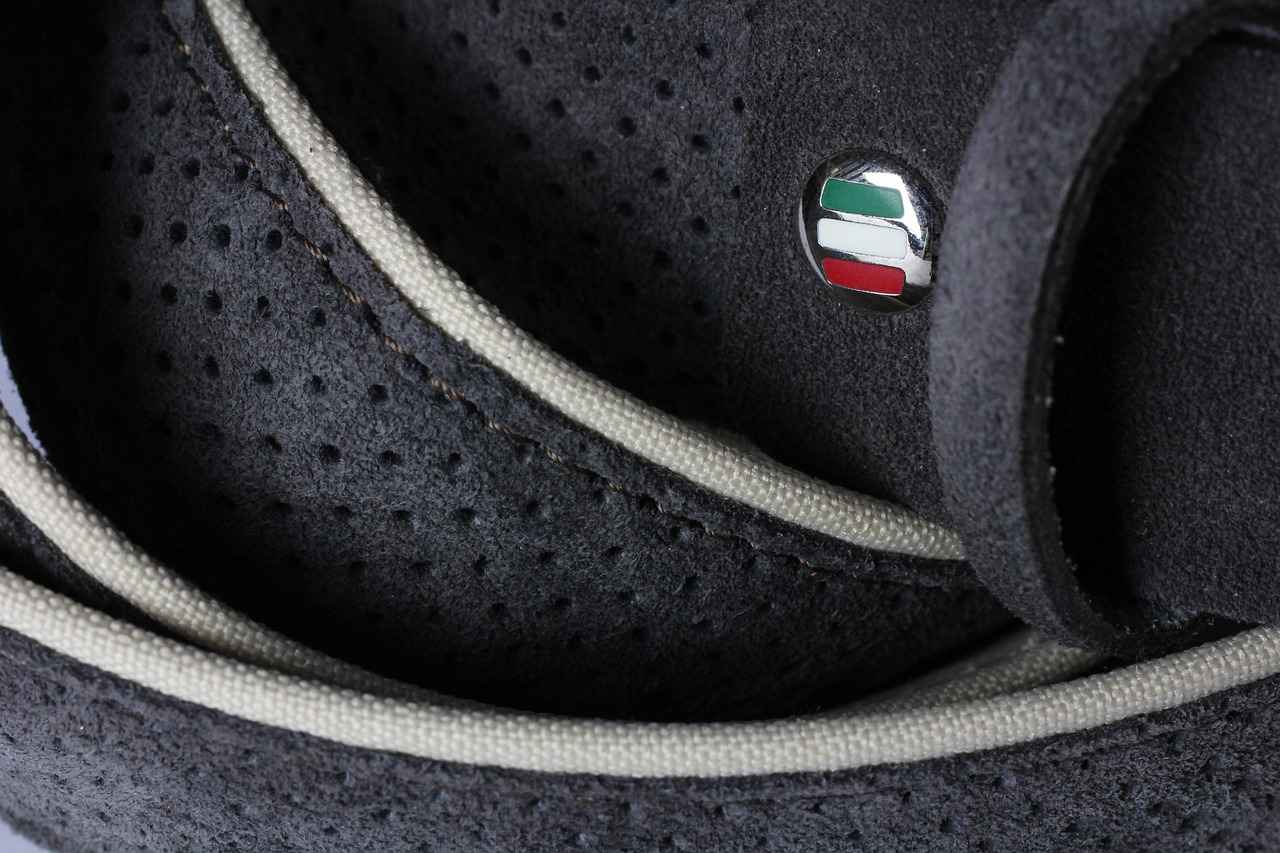
Are There Any Risks Associated with Faja Shapewear?
Faja shapewear has gained immense popularity as a go-to solution for body shaping and support. However, like any other garment designed to alter your natural silhouette, it is essential to consider the potential risks associated with prolonged wear. This section will explore the discomforts and health concerns that may arise when using faja shapewear, ensuring you are well-informed before making a decision.
One of the most immediate concerns when wearing faja shapewear is discomfort. The very nature of shapewear involves compression, which can lead to feelings of tightness and restriction. Many users report that wearing a faja for extended periods can result in chafing or irritation, especially in sensitive areas. This discomfort can be exacerbated if the garment is not the right size or made from materials that do not allow for adequate breathability.
Another significant risk is the potential for health issues stemming from prolonged use. Compression garments can impede circulation, particularly if they are excessively tight. This can lead to numbness or tingling sensations in the extremities, as well as more severe complications like deep vein thrombosis (DVT) in extreme cases. It is crucial to monitor how your body responds when wearing shapewear, and to take breaks to allow for normal blood flow.
- Skin Reactions: Some individuals may experience skin reactions, such as rashes or allergic reactions, due to the materials used in fajas. It’s advisable to choose high-quality fabrics and to discontinue use if any adverse reactions occur.
- Digestive Issues: Wearing faja shapewear too tightly can compress the abdomen, potentially leading to digestive discomfort or issues such as acid reflux. It’s important to listen to your body and adjust the fit accordingly.
- Mental Health Considerations: While faja shapewear can enhance body confidence for some, it may also contribute to negative body image or reliance on external support for self-esteem. This psychological aspect should not be overlooked.
To mitigate these risks, it is essential to choose the right size and fit for your body type. Always refer to sizing charts provided by manufacturers, and consider trying on different styles to find what works best for you. Additionally, limit the duration of wear—especially during activities that require you to move freely and comfortably.
In conclusion, while faja shapewear can offer numerous benefits, it is vital to be aware of the potential risks associated with its use. Discomfort, circulation issues, and skin reactions are just a few of the concerns that can arise. By choosing the right garment and being mindful of how it affects your body, you can enjoy the advantages of faja shapewear while minimizing the downsides.
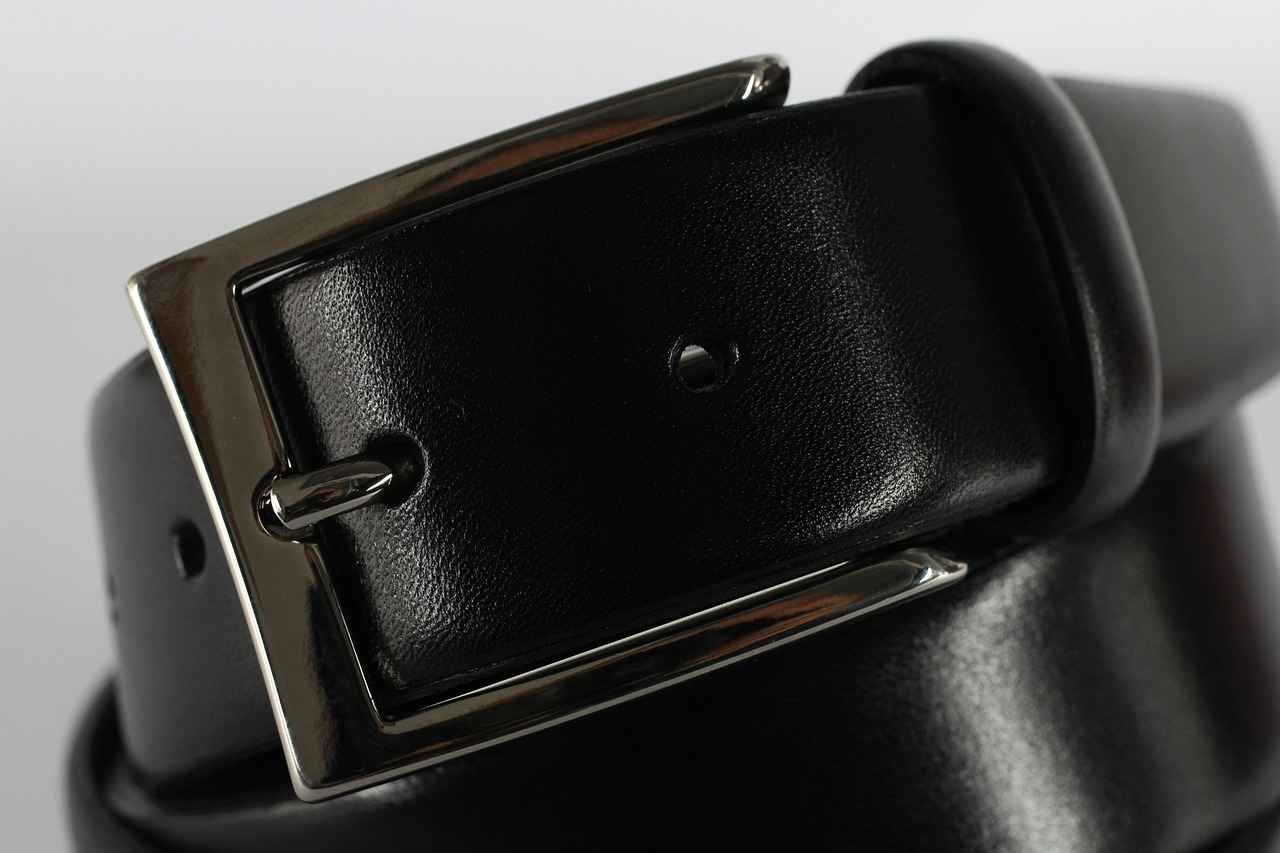
How to Choose the Right Faja Shapewear?
Choosing the right faja shapewear is essential for achieving both comfort and effectiveness. With so many options available, it can be overwhelming to find the perfect fit for your body type and lifestyle. In this guide, we will explore key factors to consider when selecting faja shapewear, ensuring that your choice enhances your confidence and suits your needs.
One of the most critical aspects of selecting faja shapewear is determining the correct size. Wearing the wrong size can lead to discomfort and ineffective shaping. To find your ideal size, follow these steps:
- Measure Your Body: Use a soft measuring tape to measure your waist, hips, and bust. Compare these measurements to the size chart provided by the brand.
- Consider Your Body Type: Different styles of fajas cater to various body shapes. For example, if you have an hourglass figure, you might prefer a faja that accentuates your waist.
- Read Reviews: Customer feedback can provide insights into how true to size a particular brand runs. Look for comments from people with similar body types.
The material of the faja shapewear significantly impacts its comfort and effectiveness. Here are some common materials and their benefits:
| Material | Benefits |
|---|---|
| Spandex | Offers excellent stretch and recovery, allowing for a snug fit without restricting movement. |
| Latex | Provides firm compression, ideal for shaping and support, especially during workouts. |
| Cotton | Breathable and soft against the skin, making it a comfortable option for all-day wear. |
Faja shapewear comes in various styles, each designed for specific purposes. Consider the following popular styles:
- Waist Trainer: Focuses on the waist area, perfect for achieving an hourglass silhouette.
- Bodysuit: Provides full-body shaping, ideal for wearing under dresses.
- Thigh Shaper: Targets the thighs and hips, great for smoothing out your lower body.
Comfort is key when it comes to shapewear. Look for features that enhance your experience:
- Adjustable Straps: Allow for a customizable fit.
- Breathable Panels: Help keep you cool and comfortable throughout the day.
- Seamless Design: Prevents irritation and provides a smooth silhouette under clothing.
By considering size, material, style, and comfort features, you can confidently select the right faja shapewear for your needs. Remember, the goal is to feel good while looking great, so take your time to find the perfect fit that suits your body and lifestyle.
In conclusion, choosing the right faja shapewear involves understanding your measurements, knowing the materials that work best for you, and selecting a style that complements your body type. With the right faja, you can enjoy the benefits of enhanced body confidence and comfort.

What Materials Are Commonly Used in Faja Shapewear?
When it comes to faja shapewear, the choice of materials is crucial for both effectiveness and comfort. Understanding the various fabrics used in these garments can help you make an informed decision when selecting the right faja for your needs. In this section, we will explore the most common materials used in faja shapewear, highlighting their properties and benefits.
Faja shapewear is crafted from a variety of fabrics, each contributing unique qualities that enhance the garment’s performance. Here are some of the most popular materials:
- Latex: A staple in many faja designs, latex is renowned for its high compression capabilities. It helps to create a smooth silhouette by firmly shaping the waist and abdomen. However, it may not be suitable for individuals with latex allergies.
- Spandex: Often blended with other materials, spandex offers excellent elasticity and flexibility. This fabric allows for a comfortable fit while providing the necessary support. Its moisture-wicking properties also help keep the skin dry during wear.
- Nylon: Known for its durability and lightweight feel, nylon is frequently used in the outer layers of faja shapewear. This material is breathable and soft against the skin, making it an ideal choice for all-day wear.
- Polyester: Similar to nylon, polyester is another common fabric in faja shapewear. It is resistant to stretching and shrinking, ensuring that the garment maintains its shape over time. Polyester also dries quickly, adding to the overall comfort of the shapewear.
- Cotton: Some fajas incorporate cotton for its natural softness and breathability. While cotton may not provide as much compression as synthetic materials, it offers a comfortable and gentle fit, making it suitable for sensitive skin.
Each of these materials plays a significant role in the overall effectiveness of faja shapewear. For instance, the combination of latex and spandex can create a powerful shaping effect, while nylon and polyester contribute to durability and comfort. Additionally, the choice of fabric can affect how the faja feels against the skin, which is essential for those who plan to wear it for extended periods.
When selecting a faja, consider not only the compression level you desire but also your comfort preferences and any potential sensitivities to certain fabrics. It’s also worth noting that many manufacturers offer a variety of styles that cater to different body types and shaping goals, so you can find a faja that meets your specific needs.
In summary, the materials used in faja shapewear are fundamental to their functionality and comfort. By understanding the properties of each fabric, you can make a more informed choice that aligns with your body shaping goals.

How to Properly Care for Your Faja Shapewear?
Taking care of your faja shapewear is crucial for ensuring that it retains its shape, effectiveness, and overall longevity. These garments are an investment in your body confidence and comfort, so it’s essential to treat them with care. This section will delve into the best practices for washing and storing your faja shapewear, allowing you to enjoy its benefits for a long time.
Faja shapewear is designed to provide support and compression to specific areas of the body. However, improper care can lead to wear and tear, reducing its effectiveness. By following proper care guidelines, you can:
- Maintain the garment’s elasticity
- Prevent fabric damage and pilling
- Ensure a comfortable fit over time
- Extend the lifespan of your shapewear
When it comes to washing your faja shapewear, gentleness is key. Here are some practical tips to keep in mind:
- Hand Wash Whenever Possible: The best way to clean your faja is by hand. Use cold water and a mild detergent to gently agitate the fabric. Avoid wringing it out, as this can damage the fibers.
- Use a Laundry Bag: If you prefer machine washing, place your faja in a mesh laundry bag. This will protect it from snagging on other items in the wash.
- Avoid Fabric Softeners: While they may smell nice, fabric softeners can break down the elasticity of your shapewear. Stick to a gentle detergent specifically designed for delicate fabrics.
- Cold Water Rinse: Always rinse your shapewear in cold water to remove detergent thoroughly. Hot water can cause the fabric to lose its shape.
Drying your faja shapewear properly is just as important as washing it. Here are some tips:
- Avoid the Dryer: Never put your faja in the dryer, as the heat can damage the fabric and elastic. Instead, lay it flat on a clean towel to air dry.
- Reshape While Wet: Gently reshape your faja while it’s wet to ensure it retains its intended form. This will help it fit better when you wear it again.
- Store Properly: Once dry, store your faja shapewear in a cool, dry place. Avoid folding it in a way that creates creases, which can damage the fabric over time.
To enhance the longevity of your faja shapewear, consider the following:
- Rotate between multiple pieces to reduce wear on a single garment.- Follow the manufacturer's care instructions for best results.- Keep your shapewear away from direct sunlight to prevent fading.
By investing a little time and effort into caring for your faja shapewear, you can enjoy its benefits for a longer period. Remember that proper washing and storage practices are essential to maintaining the garment’s shape and functionality, ensuring you feel confident and comfortable every time you wear it.
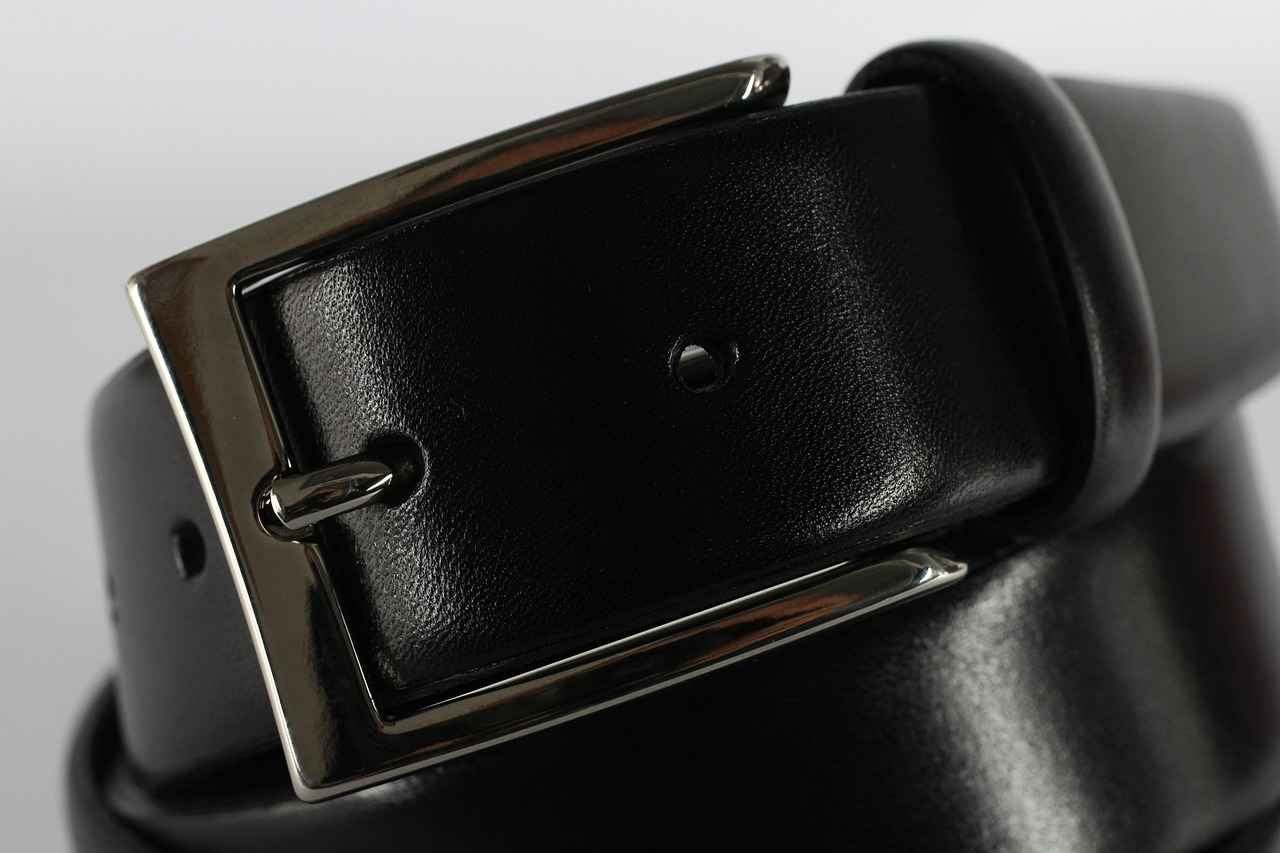
Can Faja Shapewear Help with Postpartum Recovery?
Many new mothers experience a whirlwind of emotions and physical changes after childbirth. Among the myriad of products that promise to assist in postpartum recovery, faja shapewear has emerged as a popular choice. Designed to provide support and compression, these garments can play a significant role in helping new mothers navigate the recovery process.
Postpartum recovery can be a challenging journey for many women. After giving birth, the body undergoes numerous changes, including shifts in weight, skin elasticity, and muscle tone. Faja shapewear is specifically designed to address some of these challenges. But how exactly can these garments aid in recovery?
- Support for the Core Muscles: Faja shapewear provides targeted compression to the abdominal area, which can help support the core muscles that may have weakened during pregnancy. This support can be crucial as new mothers begin to regain strength and stability in their core.
- Enhanced Comfort: Many women report feeling more comfortable and secure when wearing faja shapewear. The snug fit can alleviate feelings of discomfort that often accompany the postpartum period, helping mothers feel more at ease as they adjust to their new bodies.
- Improved Posture: The compression offered by faja shapewear can encourage better posture. This is especially important for new mothers who may find themselves hunched over while breastfeeding or caring for their newborns. Improved posture can reduce back pain and contribute to overall well-being.
- Boosting Confidence: The psychological aspect of postpartum recovery should not be overlooked. Many women feel self-conscious about their bodies after childbirth. Wearing faja shapewear can enhance body confidence, allowing new mothers to feel more like themselves as they navigate this transitional phase.
It’s important to note that while faja shapewear can provide several benefits, it should not be viewed as a miracle solution. Each woman’s body is unique, and recovery experiences can vary widely. Therefore, it is advisable to consult with a healthcare provider before incorporating faja shapewear into your postpartum routine.
Additionally, wearing faja shapewear should be complemented with other healthy practices, such as proper nutrition, hydration, and gentle exercise, as recommended by healthcare professionals. This holistic approach can significantly enhance recovery and overall well-being.
In summary, faja shapewear can indeed aid postpartum recovery by providing core support, enhancing comfort, improving posture, and boosting confidence. For many new mothers, these garments can serve as a valuable tool during a time of significant change and adjustment.
As you consider your postpartum recovery options, remember that the journey is personal, and finding what works best for you is key. Whether through faja shapewear or other supportive measures, prioritize your health and well-being during this transformative period.
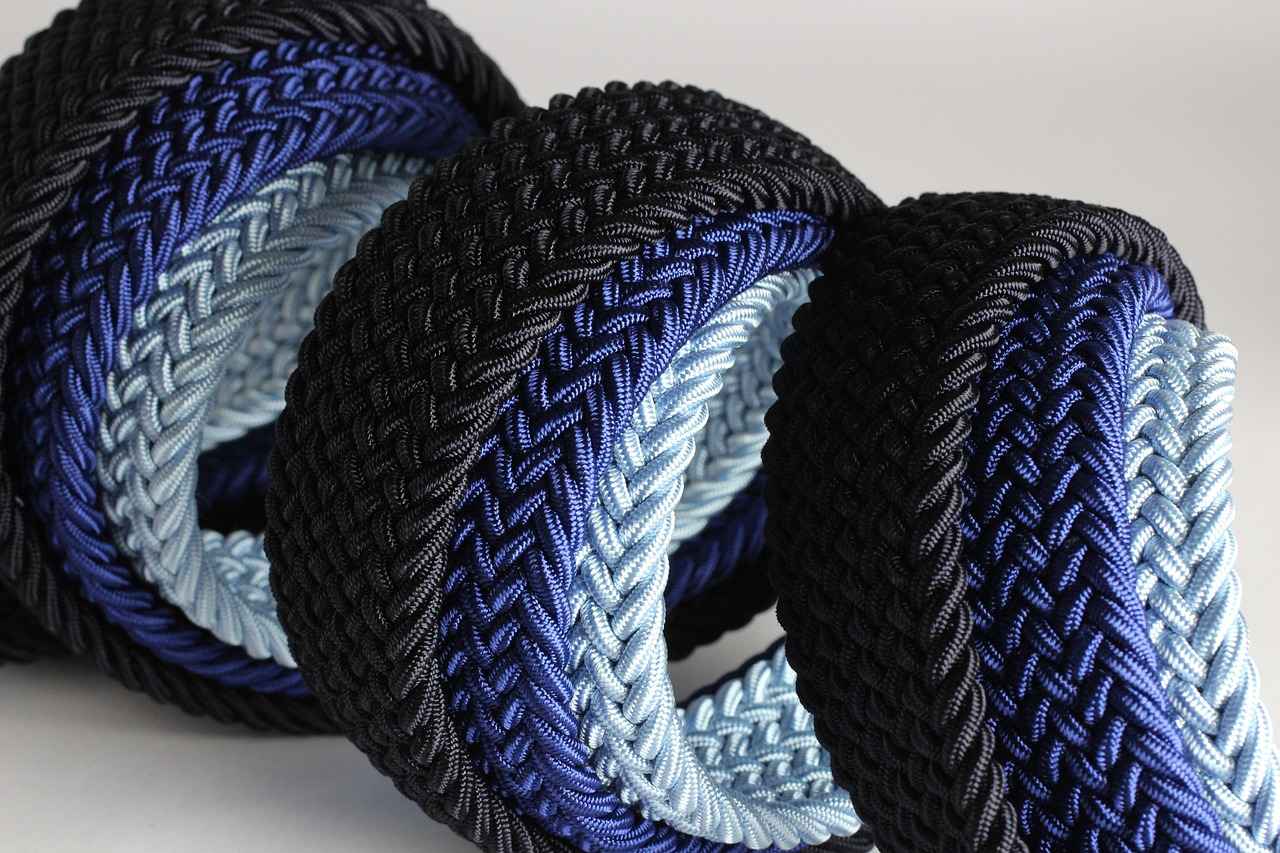
How Does Faja Shapewear Compare to Other Shapewear Options?
When it comes to body-shaping garments, the market is flooded with options. Among these, faja shapewear stands out for its unique design and functionality. In this section, we will explore how fajas compare to other shapewear types, highlighting their distinctive features and benefits.
Understanding Faja Shapewear
Faja shapewear is a traditional garment originating from Latin America, specifically designed to provide compression and support to the body. Unlike other shapewear options, fajas often cover a larger area, extending from the waist to the thighs or even the arms. This extensive coverage allows for a more pronounced body contouring effect, making it a popular choice for those seeking a smoother silhouette.
Comparison with Other Shapewear Types
- Control Briefs: These are designed to target the waist and abdomen, offering a moderate level of compression. While they are comfortable and easy to wear, they may not provide the same level of support as fajas, particularly for those seeking to shape their hips and thighs.
- Bodysuits: Bodysuits offer a full-body shaping solution and can be quite effective. However, they often come with a more complicated design that can be less convenient for everyday wear. Fajas, on the other hand, are easier to put on and take off, making them more user-friendly.
- Waist Trainers: These garments focus primarily on the waist, providing intense compression. While they can create an hourglass figure, they are often criticized for their potential health risks when worn for extended periods. Fajas provide a more balanced compression across the body, which can be safer and more comfortable.
Benefits of Faja Shapewear
One of the primary benefits of fajas is their ability to enhance body confidence. Many wearers report feeling more secure and supported when wearing a faja, especially under fitted clothing. Additionally, fajas are often recommended for post-surgical recovery, as they provide necessary compression to aid healing and reduce swelling.
Comfort and Versatility
Fajas are often made from breathable materials, allowing for comfort throughout the day. Their versatility means they can be worn under various outfits, from casual wear to formal attire. This adaptability sets fajas apart from other shapewear options that may only be suitable for specific occasions.
In conclusion, while various shapewear options are available, faja shapewear offers unique features that cater to a wide range of needs. From their extensive coverage and support to their comfort and versatility, fajas are a compelling choice for anyone looking to enhance their body shape. Understanding how fajas compare to other shapewear types can help individuals make informed decisions about which garment best suits their needs.

What Are the Different Styles of Faja Shapewear?
Faja shapewear has become a staple in the wardrobes of many individuals seeking to enhance their body shape and boost confidence. With a variety of styles available, it’s essential to understand the specific uses and benefits of each type. This guide will provide an overview of the different styles of faja shapewear, helping you make an informed choice based on your unique needs and preferences.
Faja shapewear is designed to cater to a wide range of body types and shaping goals. Here are some of the most popular styles:
- Full Body Fajas: These garments cover the entire body, from the shoulders down to the thighs. They are ideal for those looking to create a smooth silhouette under fitted clothing. Full body fajas provide maximum compression and support, making them a popular choice for special occasions or when wearing form-fitting outfits.
- Waist Trainers: Focusing on the midsection, waist trainers are designed to cinch the waist and enhance curves. They are often used during workouts to promote sweating and weight loss in the abdominal area. Many individuals wear waist trainers daily to achieve a more defined waistline.
- High-Waisted Fajas: These are designed to extend above the waist, providing support to the abdomen and lower back. High-waisted fajas are perfect for pairing with high-waisted skirts or pants, as they help to smooth out any bulges and create a streamlined look.
- Post-Surgical Fajas: Specifically designed for individuals recovering from surgery, these fajas provide gentle compression to support healing. They are often recommended by doctors after procedures like liposuction or tummy tucks, as they help reduce swelling and promote proper blood circulation.
- Thigh Shapers: Targeting the thighs and buttocks, these fajas are ideal for individuals looking to smooth out their lower body. Thigh shapers can be worn under dresses and skirts, providing a seamless look while enhancing curves.
- Arm Shapers: These fajas focus on the upper arms, offering compression and support to help tone and shape this area. They are particularly popular among individuals who want to enhance their overall silhouette while wearing sleeveless outfits.
When selecting a style of faja shapewear, consider your specific body goals and the types of outfits you plan to wear. For example, a full body faja may be best for a formal event, while a waist trainer might be more suitable for everyday wear or workouts. Additionally, ensure that you choose the right size and fit, as this will significantly impact the effectiveness and comfort of the garment.
In conclusion, understanding the various styles of faja shapewear can help you select the right option for your needs. Whether you are looking for everyday support, post-surgical recovery, or a boost in confidence for a special occasion, there is a faja style designed to meet your requirements.
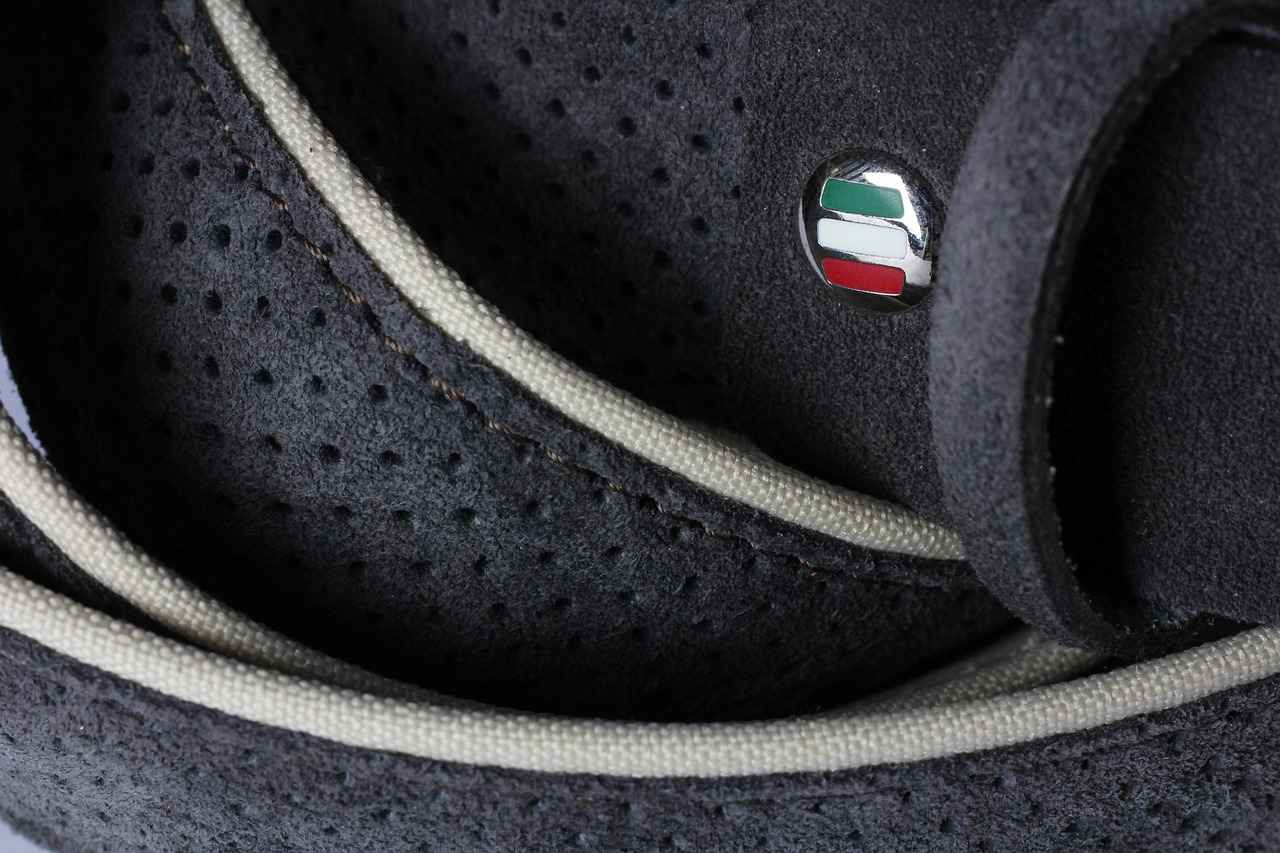
How to Style Outfits with Faja Shapewear?
Incorporating faja shapewear into your wardrobe can truly transform your outfits, allowing you to feel confident and stylish for any occasion. This guide will explore various ways to style faja shapewear, ensuring you not only look great but also feel comfortable throughout the day.
Faja shapewear is not just a functional garment; it can also be a fashion statement. Here are some styling tips for different occasions to help you make the most of your faja shapewear:
- Casual Day Out: Pair your faja with a flowy tunic or oversized shirt. The shapewear will provide a smooth silhouette, making your outfit look polished. Opt for high-waisted jeans or leggings to complete the look.
- Office Attire: For a professional setting, wear a fitted pencil skirt and a blouse. The faja will help create a streamlined appearance, allowing you to move confidently throughout your workday. Choose neutral colors for a sophisticated look.
- Date Night: A bodycon dress is a perfect match for faja shapewear. It enhances your curves and gives you a flattering shape. Add a pair of heels and some statement jewelry to elevate your outfit.
- Workout Gear: If you’re heading to the gym, consider wearing faja shapewear under your workout clothes. It can provide support and compression, making your workout more comfortable. Pair it with a fitted tank top and high-waisted leggings for a stylish athletic look.
- Special Events: For weddings or formal events, a fitted gown over your faja shapewear can create a stunning silhouette. Look for dresses that complement your body shape and allow the shapewear to enhance your natural curves.
When styling with faja shapewear, consider the following quick tips:
- Choose the right size: Ensure your faja fits well; it should be snug but not overly tight.
- Layer wisely: Use faja shapewear as a base layer under your clothes to smooth out any lines.
- Accessorize: Use accessories like belts or scarves to draw attention to your waist or neckline, enhancing your overall look.
- Experiment with fabrics: Different materials react differently with shapewear, so try various combinations to find what works best for you.
In addition to these tips, it’s important to remember that confidence is key. Wearing faja shapewear can help you feel more secure in your outfit, allowing you to express your personal style with ease. Whether you’re dressing for a casual outing or a formal event, incorporating faja shapewear can elevate your look and enhance your overall appearance.
By following these styling suggestions, you can seamlessly integrate faja shapewear into your wardrobe, ensuring you look and feel your best for any occasion.

What Do Experts Say About Faja Shapewear?
Faja shapewear has gained significant attention in recent years, not just among consumers but also among health and fashion professionals. Understanding their insights can provide a clearer picture of the garment’s effectiveness and its role in body shaping.
Many experts agree that faja shapewear serves a dual purpose: it enhances aesthetic appearance and offers potential health benefits. Fashion professionals often highlight how these garments can create a smoother silhouette under clothing, boosting confidence for many wearers. According to stylist Jane Doe, “Fajas are a great way to achieve that hourglass figure without invasive procedures. They can be a game-changer for special occasions.”
On the health side, medical professionals have varying opinions. Some endorse faja shapewear as a supportive garment for individuals recovering from surgery, particularly after liposuction or other body contouring procedures. Dr. John Smith, a plastic surgeon, notes, “Wearing a faja post-surgery can help with compression, which in turn aids in reducing swelling and promotes healing. However, it’s crucial to follow a doctor’s advice regarding when and how long to wear them.” This perspective emphasizes the importance of using fajas responsibly and under professional guidance.
However, not all opinions are entirely positive. Some health experts caution against prolonged wear, stressing that excessive compression can lead to discomfort or even health issues. Dr. Emily Johnson, a physical therapist, warns, “While fajas can provide temporary support, wearing them for extended periods can restrict movement and affect circulation. It’s essential to listen to your body and take breaks.” This advice serves as a reminder that while fajas can be beneficial, they are not a substitute for a healthy lifestyle or proper medical care.
In addition to these insights, consumer feedback plays a significant role in shaping expert opinions. Many users report feeling more confident and comfortable in their clothing when wearing faja shapewear. However, experiences can vary widely based on individual body types and garment fit. To illustrate, a survey conducted by Fashion Insights revealed that 70% of respondents felt more confident in their appearance while wearing fajas, yet 30% reported discomfort after prolonged use.
Ultimately, the consensus among experts is that faja shapewear can be a valuable addition to one’s wardrobe, provided it is used wisely. It is essential for potential users to consider their specific needs, consult with professionals if necessary, and choose the right fit to maximize both comfort and effectiveness.
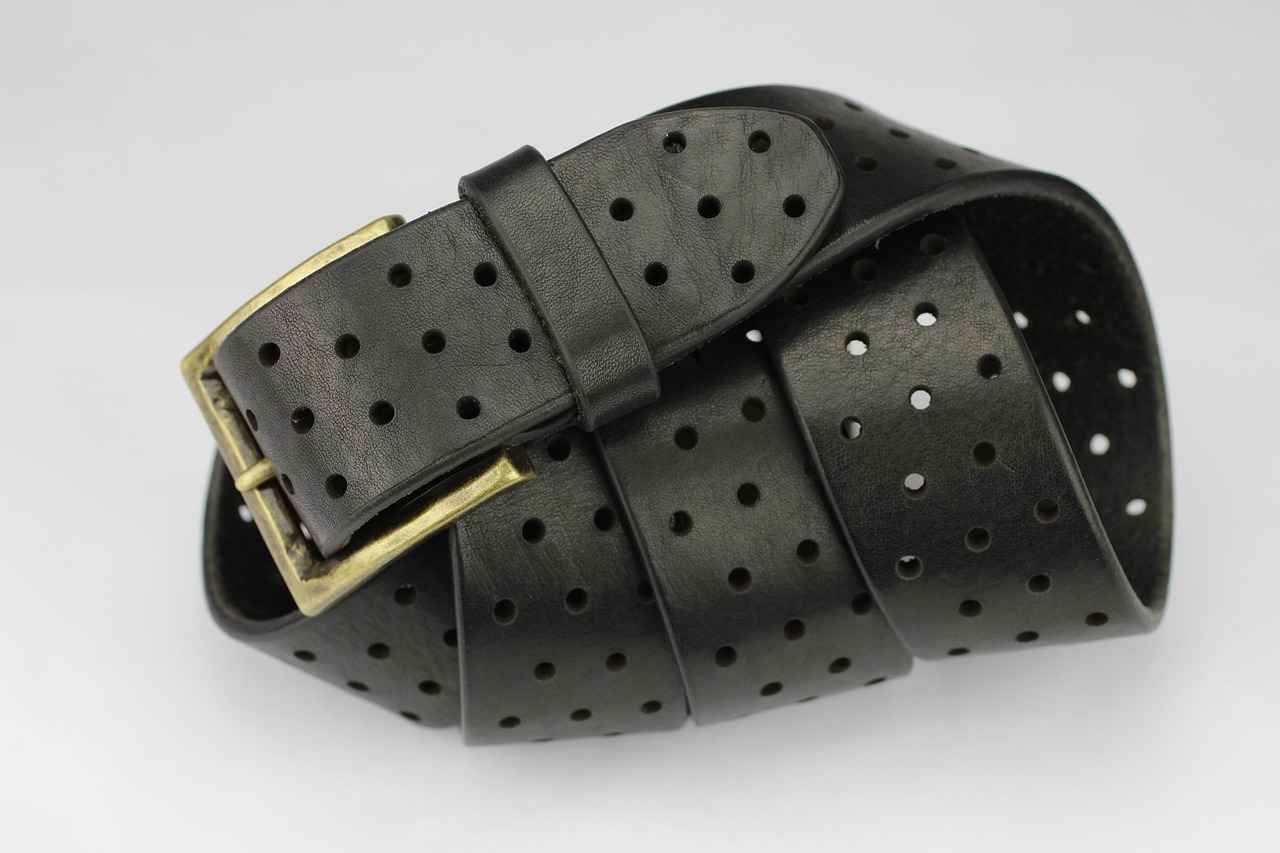
Are There Alternatives to Faja Shapewear?
When it comes to body shaping, faja shapewear has gained significant popularity due to its ability to provide compression and support. However, many individuals are seeking alternatives that might better suit their unique needs and preferences. This section delves into various body-shaping options available today, offering insights into different styles, benefits, and considerations.
While faja shapewear is a well-known option, several alternatives can offer similar benefits. Here are some of the most popular alternatives:
- Shapewear Shorts: These are designed to smooth the waist and thighs, providing a seamless look under clothing. Ideal for those who prefer a less restrictive option, shapewear shorts can be worn with dresses or skirts.
- High-Waisted Shaping Briefs: These provide excellent tummy control and can be worn under various outfits. They are particularly popular for their comfort and versatility.
- Bodysuits: A full-body option, bodysuits can shape the entire torso, offering support from the bust down to the hips. They come in various styles, including those with built-in bras for added convenience.
- Tummy Control Leggings: For those who want to maintain an active lifestyle while still shaping their body, tummy control leggings are an excellent choice. They provide compression and support while allowing for movement.
- Compression Garments: Often recommended for post-surgical recovery, these garments offer medical-grade support and can help with healing while providing a smooth silhouette.
Exploring alternatives to faja shapewear can offer numerous benefits. Here are some reasons why individuals might choose these options:
- Comfort: Many alternatives are designed with comfort in mind, allowing for extended wear without the discomfort sometimes associated with fajas.
- Variety: With different styles and materials available, individuals can choose the option that best fits their body type and lifestyle.
- Targeted Support: Some alternatives provide more targeted support for specific areas, such as the waist or thighs, which can be beneficial for those looking to address certain concerns.
- Fashion Versatility: Many of these alternatives can be easily incorporated into everyday outfits, making them a practical choice for daily wear.
Selecting the right body-shaping alternative depends on individual needs and preferences. Here are some tips to consider:
- Identify Your Needs: Consider what areas you want to shape or support. This will help narrow down your options.
- Material Matters: Look for breathable fabrics that offer comfort and flexibility. Cotton blends and moisture-wicking materials are great choices.
- Size and Fit: Always choose the correct size to ensure effectiveness and comfort. Many brands offer sizing guides to help you find the perfect fit.
- Read Reviews: Customer feedback can provide valuable insights into the effectiveness and comfort of various products.
In conclusion, while faja shapewear is a popular choice for body shaping, numerous alternatives cater to different needs and preferences. Whether you prioritize comfort, style, or targeted support, exploring these options can help you find the perfect fit for your body-shaping journey.

What Do Customers Say About Their Faja Shapewear Experiences?
When it comes to understanding the effectiveness of faja shapewear, customer reviews serve as an invaluable resource. These insights reflect real-world experiences, highlighting both the pros and cons of using these garments. In this section, we delve into the feedback shared by users, summarizing their common sentiments and experiences.
Many customers express a sense of empowerment and increased body confidence after wearing faja shapewear. Users often report that these garments help create a smoother silhouette, allowing them to feel more comfortable in their clothing. For instance, one user noted, “I wore my faja for a special occasion, and I felt like a million bucks! It really enhanced my curves and gave me the confidence to wear my favorite dress.”
However, experiences can vary significantly based on individual body types and expectations. While some customers rave about the comfort and support provided, others have reported discomfort, particularly with prolonged wear. A common theme in reviews is the importance of selecting the right size. Many users emphasize that a proper fit is crucial for both comfort and effectiveness. One customer mentioned, “I initially bought a size too small, and it was unbearable. Once I got the right size, it made all the difference!”
Moreover, some reviews highlight the post-surgical benefits of faja shapewear. Many users recovering from surgery have found these garments to be supportive during their healing process. For example, a user recovering from liposuction shared, “My doctor recommended a faja, and it really helped with the swelling and provided support as I healed.” This sentiment is echoed by many who appreciate the additional support during their recovery journey.
On the flip side, some customers have raised concerns regarding the potential risks of wearing faja shapewear. Issues such as skin irritation, difficulty breathing, or feeling too constricted are mentioned in various reviews. To mitigate these concerns, many users recommend taking breaks from wearing the garment throughout the day. “I love my faja, but I make sure to take it off when I get home to let my body breathe,” one user advised.
Another notable aspect of customer feedback is the diversity in styles and materials. Users often have preferences based on their activities. For instance, those who engage in physical activity or exercise tend to favor fajas made from breathable materials that provide support without overheating. In contrast, others prefer more structured styles for special occasions.
In summary, customer reviews paint a comprehensive picture of faja shapewear experiences, showcasing both the benefits and drawbacks. Users frequently highlight the importance of finding the right size and style to enhance comfort and effectiveness. As with any garment, personal preferences and individual body types play a significant role in the overall experience.
Ultimately, whether you are drawn to faja shapewear for its aesthetic benefits or for post-surgical support, real-world experiences provide valuable insights that can guide your decision-making process.

How to Incorporate Faja Shapewear into Your Daily Routine?
Incorporating faja shapewear into your daily routine can be a game-changer for both comfort and style. Whether you’re heading to work, running errands, or enjoying a night out, fajas can provide the support and shaping you desire. However, to make the most out of these garments, it’s essential to know how to wear them effectively and comfortably throughout your day.
Here are some practical tips to seamlessly integrate faja shapewear into your everyday life:
- Choose the Right Size: The first step to comfort is ensuring you select the correct size. A faja that is too tight can cause discomfort and restrict movement, while one that is too loose may not provide the desired shaping effect. Refer to the size chart provided by the manufacturer and consider trying on a few different sizes to find your perfect fit.
- Layer Wisely: Fajas can be worn under various types of clothing, but layering is key. For example, if you’re wearing a fitted dress, opt for a seamless faja that won’t create visible lines. On the other hand, if you’re wearing looser clothing, you can choose a faja with more structure. This way, you can enjoy the benefits of shaping without compromising your style.
- Start Slow: If you’re new to wearing fajas, it might take some time to adjust. Start by wearing your faja for a few hours a day and gradually increase the duration as you become more comfortable. This approach will help your body acclimate to the compression without feeling overwhelmed.
- Stay Hydrated: Wearing shapewear can sometimes make you feel warmer than usual. To counteract this, ensure you stay hydrated throughout the day. Drinking plenty of water will help you feel more comfortable and maintain your energy levels.
- Take Breaks: It’s essential to listen to your body. If you start to feel uncomfortable or restricted, take a break from your faja. This is especially important if you’re wearing it for extended periods. Giving your body a chance to breathe can prevent any potential discomfort or health issues.
- Care for Your Faja: Proper care can extend the life of your faja shapewear. Always follow the washing instructions provided by the manufacturer. Hand washing is often recommended to maintain elasticity and shape. Also, avoid using fabric softeners, as they can break down the material over time.
By following these tips, you can incorporate faja shapewear into your daily life with ease. Remember, the goal is to enhance your natural shape while ensuring comfort and confidence.
In summary, faja shapewear can be a valuable addition to your wardrobe when worn correctly. By selecting the right size, layering appropriately, and listening to your body, you can enjoy the benefits of these garments throughout your day. Embrace the support and confidence that fajas can offer, and you’ll find they can truly transform your daily routine.
In conclusion, faja shapewear offers numerous benefits and considerations for those looking to enhance their body shape or support recovery. Understanding how it works, choosing the right style, and incorporating it into your routine can maximize its effectiveness. Whether you’re a new mom, recovering from surgery, or simply seeking a confidence boost, faja shapewear might just be the solution you need.
Faja Shapewear Guide: Does It Really Work?
This article explores the effectiveness of faja shapewear, its benefits, and considerations, providing a comprehensive guide for those curious about this popular body-shaping garment.
What Is Faja Shapewear?
Faja shapewear is a type of compression garment designed to shape and support the body. Originating from Latin American cultures, these garments have gained popularity in the fashion and wellness industries for their ability to enhance body contours. Fajas are typically made from materials that offer high elasticity and durability, making them suitable for everyday wear or special occasions.
How Does Faja Shapewear Work?
Faja shapewear works by applying targeted compression to specific areas of the body, promoting a smoother silhouette. This targeted compression helps to redistribute body fat, creating a more defined waistline and enhancing curves. The mechanics behind fajas involve the use of high-quality fabrics that support the body’s natural shape while providing comfort. Users often report feeling more confident and secure when wearing these garments.
What Are the Benefits of Wearing Faja Shapewear?
- Enhanced Body Confidence: Many users experience a boost in self-esteem as fajas help smooth out imperfections.
- Post-Surgical Support: Fajas are often recommended for individuals recovering from surgery, as they provide necessary support to the abdomen and help reduce swelling.
- Improved Posture: The compression offered by fajas encourages better posture, which can alleviate back pain.
- Versatile Styling Options: Fajas can be worn under various outfits, making them a versatile addition to any wardrobe.
Who Should Consider Using Faja Shapewear?
Faja shapewear can be beneficial for a wide range of individuals. This includes those recovering from surgical procedures, such as liposuction or tummy tucks, as well as individuals looking to enhance their body shape for special occasions or everyday wear. Additionally, new mothers often find fajas helpful during postpartum recovery, providing support and comfort as their bodies heal.
Are There Any Risks Associated with Faja Shapewear?
Like any body-shaping garment, faja shapewear comes with potential risks. Prolonged wear can lead to discomfort, and in some cases, excessive compression may affect circulation. It is essential to choose the right size and style to avoid these issues. Consulting with a healthcare professional can provide guidance on safe usage.
How to Choose the Right Faja Shapewear?
Selecting the right faja shapewear is crucial for comfort and effectiveness. Consider factors such as size, material, and style preferences. Look for breathable fabrics that offer adequate support without being overly restrictive. Trying on different styles can help determine what feels best for your body type.
What Materials Are Commonly Used in Faja Shapewear?
The materials used in faja shapewear play a significant role in its effectiveness and comfort. Common fabrics include:
| Material | Properties |
|---|---|
| Latex | Provides strong compression and support. |
| Spandex | Offers flexibility and comfort. |
| Cotton | Breathable and soft against the skin. |
How to Properly Care for Your Faja Shapewear?
Caring for faja shapewear is essential to maintain its shape and longevity. It is recommended to hand wash in cold water and hang to dry to prevent damage. Avoid using fabric softeners, as they can break down the elastic fibers.
Can Faja Shapewear Help with Postpartum Recovery?
Many new mothers turn to faja shapewear for postpartum support. These garments can aid recovery by providing abdominal support and helping to reshape the body after childbirth. They can also help alleviate discomfort associated with the healing process.
How Does Faja Shapewear Compare to Other Shapewear Options?
Faja shapewear is just one of many options available. Compared to traditional shapewear, fajas offer more targeted compression and support. They are designed specifically for shaping the waist and abdomen, making them an excellent choice for those looking for a more defined silhouette.
What Are the Different Styles of Faja Shapewear?
Faja shapewear comes in various styles to cater to different needs and preferences. Popular styles include:
- Waist trainers
- Full-body fajas
- High-waisted shorts
How to Style Outfits with Faja Shapewear?
Incorporating faja shapewear into your wardrobe can enhance your outfits. Consider pairing fajas with fitted dresses or high-waisted pants to achieve a seamless look. Layering with lightweight tops can also help create a polished appearance.
What Do Experts Say About Faja Shapewear?
Expert opinions vary, but many agree that faja shapewear can be beneficial when used correctly. Fashion and health professionals emphasize the importance of choosing the right size and style for individual needs.
Are There Alternatives to Faja Shapewear?
While faja shapewear is popular, other alternatives exist. Options like bodysuits, control briefs, and traditional shapewear can also provide body-shaping benefits.
What Do Customers Say About Their Faja Shapewear Experiences?
Customer reviews often highlight the confidence boost and comfort faja shapewear provides. Users appreciate the support during recovery and the way these garments enhance their outfits.
How to Incorporate Faja Shapewear into Your Daily Routine?
Incorporating faja shapewear into your daily life can be seamless. Start by wearing it for a few hours each day and gradually increase wear time as you become accustomed to the garment. Pair it with outfits that allow for comfort and ease of movement.
Frequently Asked Questions
- What is faja shapewear?
Faja shapewear is a compression garment designed to shape and support the body, helping to create a smoother silhouette. It has gained popularity due to its effectiveness in enhancing body confidence and providing support.
- How does faja shapewear work?
Faja shapewear works by applying targeted compression to specific areas of the body. This compression helps to reshape the body, providing a more streamlined appearance while also offering support and comfort.
- Who should consider using faja shapewear?
Faja shapewear can be beneficial for anyone looking to enhance their body shape, including those recovering from surgery, new mothers seeking postpartum support, or individuals simply wanting to boost their confidence.
- Are there any risks associated with wearing faja shapewear?
Yes, there are potential risks, such as discomfort or health concerns related to prolonged wear. It’s important to choose the right size and style to minimize these risks and ensure comfort.
- How do I choose the right faja shapewear?
When selecting faja shapewear, consider factors like size, material, and style. It’s essential to find a garment that fits well and feels comfortable to maximize its effectiveness.
- Can faja shapewear help with postpartum recovery?
Yes! Many new mothers find faja shapewear helpful for postpartum recovery as it provides support to the abdominal area, aiding in the healing process and helping them feel more comfortable.
- What are the different styles of faja shapewear?
Faja shapewear comes in various styles, including bodysuits, waist trainers, and high-waisted shorts. Each style serves different purposes and can cater to individual preferences.
- How should I care for my faja shapewear?
To maintain your faja shapewear, it’s crucial to follow care instructions, usually involving hand washing and air drying to preserve its shape and elasticity.




